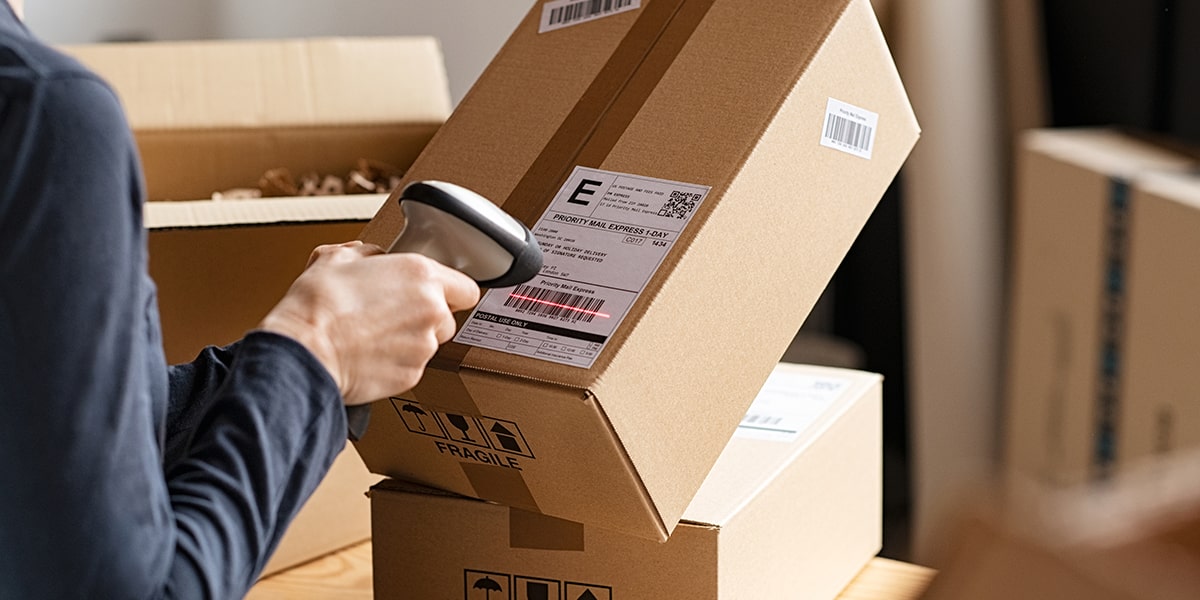Shelf Life Testing of Packaged Products
The shelf life testing of packaged products is a critical component in ensuring product quality and safety. This service involves assessing how long a packaged product maintains its intended characteristics, performance standards, and safety over time under specific storage conditions. For consumer products, this could mean determining the duration for which a product remains safe to consume or retain its functional integrity.
Shelf life testing is essential in various sectors such as food and beverages, pharmaceuticals, cosmetics, and household goods. It helps manufacturers understand how their packaging affects the shelf life of their products, allowing them to adjust storage conditions, improve labeling, and enhance product safety. This service ensures compliance with international standards like ISO 6878:2015 for packaging and ISO 3661 for temperature cycling.
Product quality managers, compliance officers, R&D engineers, and procurement professionals rely on this testing to make informed decisions about the lifespan of their products. By understanding shelf life, companies can optimize inventory management, reduce waste, and enhance customer satisfaction by ensuring that products reach consumers in optimal condition.
The process involves several steps, including specimen preparation, storage under controlled conditions, periodic sampling, and analysis. The specimens are subjected to various environmental factors such as temperature, humidity, light exposure, and time. These tests help determine the stability of ingredients, packaging integrity, and overall product performance over a defined period.
Compliance with relevant standards is crucial in this process. For instance, the International Organization for Standardization (ISO) provides guidelines that manufacturers must follow to ensure their products meet quality expectations. Compliance officers can use these standards as benchmarks when reviewing test results.
Why It Matters
Shelf life testing is more than just a regulatory requirement; it plays a pivotal role in enhancing product quality and consumer trust. By accurately predicting the shelf life of packaged products, manufacturers can ensure that their goods remain safe and effective throughout their intended use period.
- Product Safety: Ensures that consumers do not ingest or use potentially harmful substances beyond the recommended shelf life.
- Quality Assurance: Helps maintain consistent product quality by identifying any degradation in performance or safety over time.
- Compliance: Meets legal and regulatory requirements, avoiding potential fines and sanctions for non-compliance.
- Brand Reputation: Maintains brand integrity by delivering products that meet customer expectations regarding freshness and safety.
The importance of shelf life testing cannot be overstated. It not only protects consumers but also supports the manufacturer's commitment to environmental sustainability by reducing waste through precise product management.
Scope and Methodology
| Parameter | Description |
|---|---|
| Temperature Range | From -18°C to 45°C, depending on the product type. |
| Humidity Levels | Between 30% and 90% relative humidity. |
| Light Exposure | UV exposure up to 2,000 hours. |
| Time Duration | Up to 6 months for perishable goods; longer for non-perishables. |
The methodology involves several key steps:
- Sample Preparation: Packaging materials, samples, and containers are prepared according to the specific product requirements.
- Storage Conditions: Specimens are stored under controlled conditions that mimic real-world scenarios for extended periods.
- Periodic Sampling: Samples are taken at regular intervals to analyze their physical and chemical properties.
- Data Analysis: Results from analyses are compared against predefined acceptance criteria to determine shelf life.
- Reporting: Detailed reports are generated, providing insights into the product's stability over time.
This comprehensive approach ensures accurate determination of shelf life, supporting both regulatory compliance and business objectives.
Environmental and Sustainability Contributions
- Reduced Waste: By accurately predicting shelf life, manufacturers can optimize inventory management, reducing overproduction and waste.
- Eco-Friendly Packaging: Understanding the impact of packaging on product longevity helps in designing more sustainable materials that extend shelf life without compromising safety or quality.
- Energy Efficiency: Properly managed shelf life testing can lead to better energy use, as products are stored under optimal conditions for longer periods.
- Consumer Education: Clear labeling based on accurate shelf life data informs consumers about proper storage and handling of their purchases.
These contributions align with broader sustainability goals, fostering a more responsible approach to product development and consumption.





